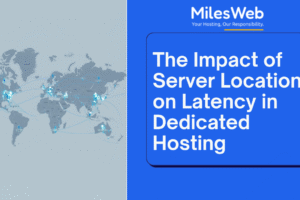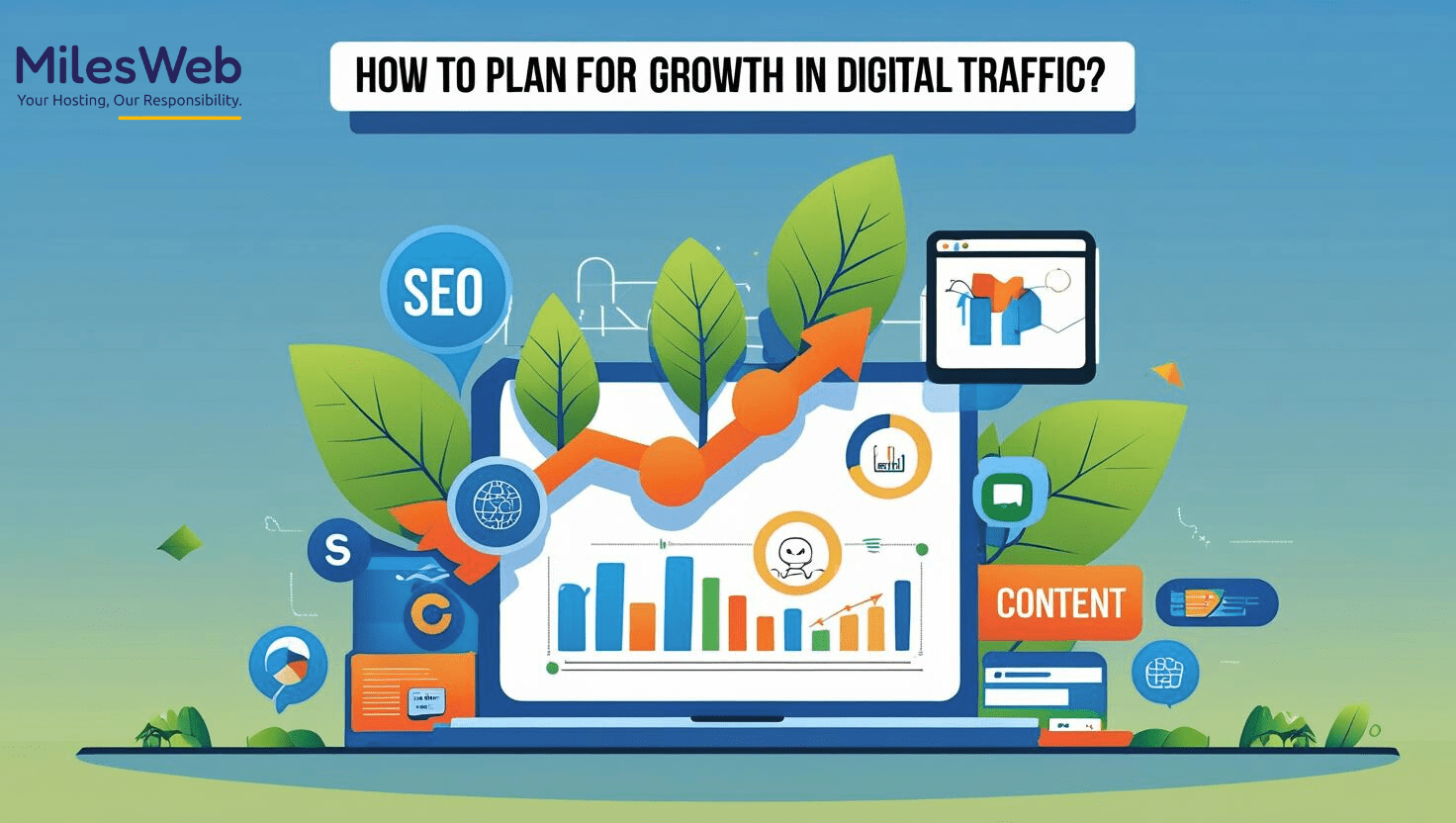Digital growth is the ultimate dream of every modern-day business, but few succeed in implementing the proper framework to achieve it effectively. It’s easy to feel cherished when thousands of visitors suddenly start visiting your website, but the real question is, can your website deal with it? It’s about establishing a robust digital infrastructure, powered by reliable managed website hosting at its core, that protects your brand reputation by delivering a seamless user experience.
More traffic on your website sounds like a dream achievement until it puts your digital infrastructure to the test. A page that opens in seconds suddenly takes minutes to load, or outdated plugins that were working may start hurting your website’s functions. An infrastructure that worked flawlessly at 2,000 visitors a month might stop operating altogether at 20,000. If you want your website to succeed in the digital arena without causing any trouble, it must be built on a solid foundation. It includes carefully assessing your website hosting plans to ensure they can scale with your user requirements as your traffic takes off.
Assess Your Hosting Solution Before Demand Grows
It’s normal to opt for an affordable hosting plan when you’re just getting started. Such practices work when planning to keep the initial cost low. As your website traffic starts hitting high numbers of visitors, cost-effective solutions can become bottlenecks. The same shared hosting package that fulfilled your startup website requirements can hit its limits, especially when a website starts to gain traction.
At this crucial juncture, evaluating your current hosting solutions can make all the difference. You need to find answers: does the existing hosting infrastructure manage visitors without compromising performance? Check whether hosting plan upgrades to cloud, VPS, or dedicated hosting are readily available.
Make Sustained Speed Optimization a Strategic Priority
As more users visit your website, the demand for load handling intensifies, and it experiences pressure to function quickly. How fast your website responds to user requirements can decide the ratings of user experience and search engine performance. However, offering faster speed isn’t the ultimate solution; your website needs a lightweight theme, compressed images, and a CDN to deliver content seamlessly.
At a deeper level, the performance test starts with advanced server-level optimizations. With managed service, you get auto-scaling, performance tuning, and advanced security protocols. These features work together to help your site stay fast and maintain a positive user experience during peak periods.
Track Resource Metrics and Enable Real-Time Alerts
In a digital marketplace, the growth journey of a business is like a rollercoaster. A blog post might suddenly go viral, driving unexpected traffic towards your website, which pushes your server’s limits. If your hosting environment isn’t adaptable, those high-traffic wins can translate into the most critical moments.
The best scalable website version starts with setting regular checks on resources. Keep close track of CPU load, disk space, and memory allocation. Take proactive measures by setting alert systems that signal when usage reaches key thresholds. Pair that with advanced tools like Google Analytics and server log analyzers to get a comprehensive view.
Scale Smart for Mobile-Driven Growth
Mobile devices are dominating a majority of web traffic, and this trend is likely to grow multifold in the coming years. A website developed for the desktop environment may not function properly on mobile. It may lead to functional errors and broken layouts, which hamper the user experience.
To truly scale digital visibility in today’s mobile-driven world, your design should reflect mobile-friendliness from the beginning. That means your website should embrace responsive layouts and tap-friendly elements. Avoid pop-ups that block content, especially on small displays. And most importantly, don’t skip hands-on testing. The best approach is to test mobile optimization by testing the website on actual devices under real network speeds.
Optimize Site Structure with SEO Scalability
The role of technical SEO shouldn’t be taken lightly when it comes to scaling your website. When Googlebot crawls your website more frequently due to traffic spikes, the backend needs to be ready. Keep things functioning seamlessly by using SEO-friendly URLs, organizing your internal links, and applying canonical tags.
As your digital footprint grows over time, redundant pages and broken links create issues for your website. Google Search Console can be an ideal tool for identifying these issues and fixing them in place. Ensure your hosting server can support heavier bot traffic without creating latency for real-time users.
Conclusion
Unexpected growth of your website truly tests the hosting infrastructure. If you’re gearing up for a rise in traffic, influencer shout-outs, or riding a wave of viral attention, your preparation needs to be solid to work under pressure. Prior planning ensures your infrastructure can absorb a hit and build a strong reputation for your brand.
The growth of your business begins behind the scenes. From choosing the right managed website hosting to building a strong infrastructure that is fortified against potential threats, you stand apart from competitors. The time to plan for growth is now, and not when you’re already under test.














